An owl is a fascinating and majestic bird that belongs to the family Strigidae. With its sharp talons, keen eyesight, and silent flight, the owl is a symbol of wisdom and intelligence. Owls are known for their nocturnal behaviour, hunting and feeding primarily at night. They have a unique ability to rotate their heads up to 270 degrees, enabling them to see prey from different angles. These birds occupy a range of habitats from forests to deserts, with over 200 species found worldwide and coming in various shapes and sizes.
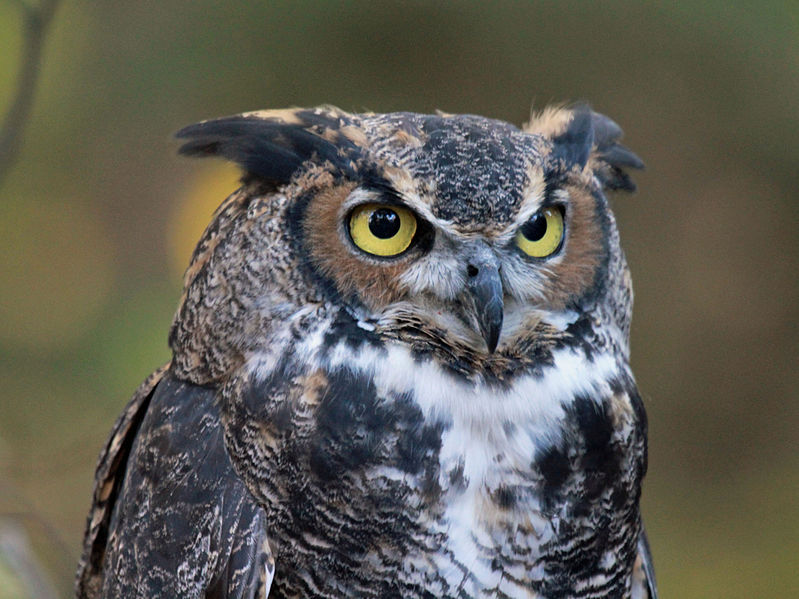
TYPES OF OWL
There are over 200 species of owls in the world, each with their own unique characteristics and habitats. Here are some of the most common types of species
Barn Owl
Barn Owl is known for its heart-shaped face and white underparts, the barn owl is found in all continents except Antarctica.
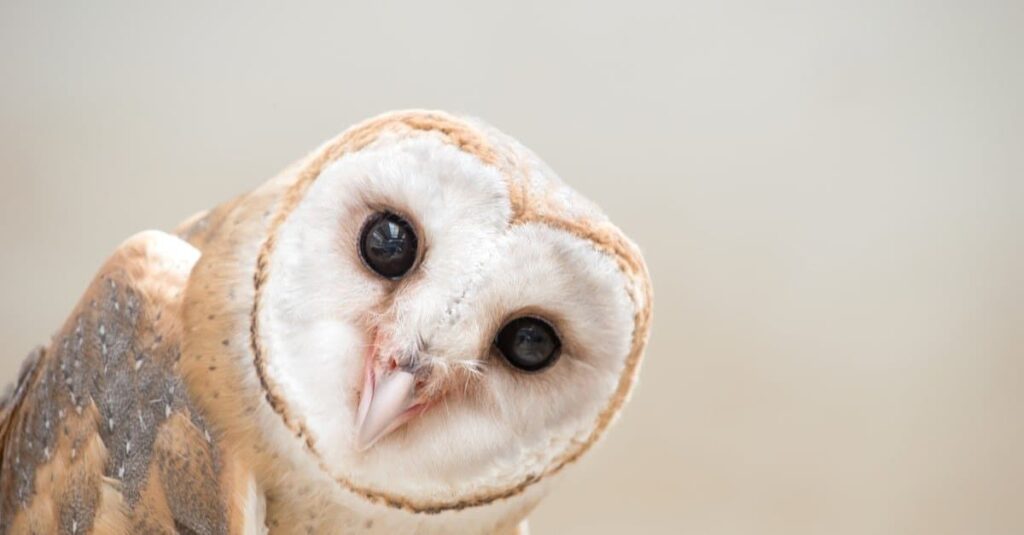
Snowy Owl
Snowy Owl is the largest owl species, the snowy owl is found in the Arctic regions of North America and Eurasia.

Great Horned Owl
The great horned owl’s distinctive “horns” or ear tufts make it a recognizable bird, found throughout North and South America.
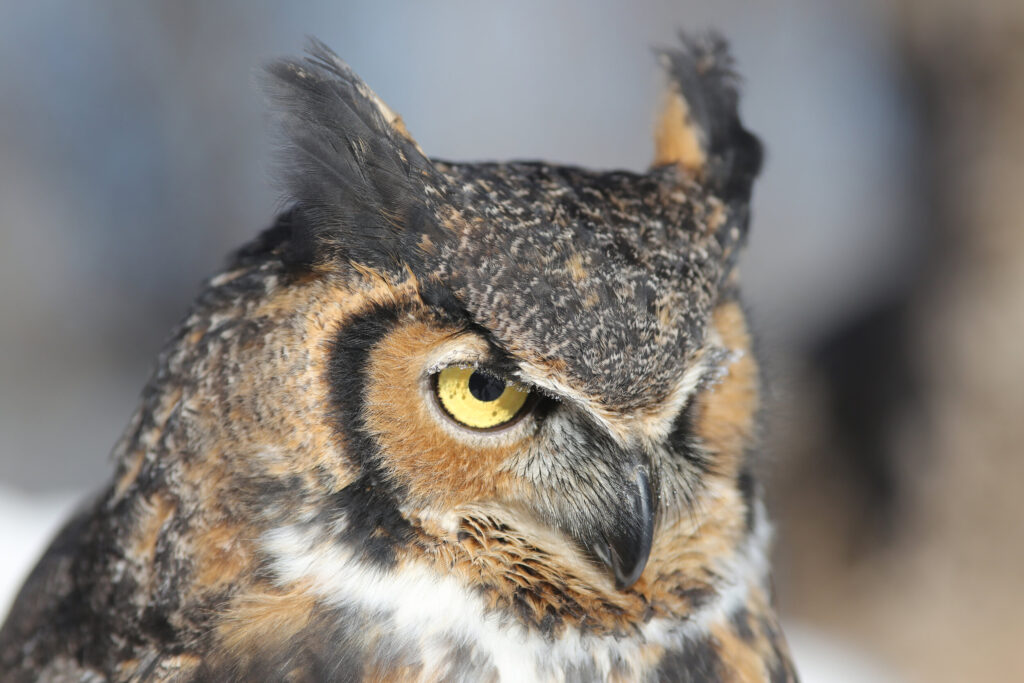
Eurasian Eagle Owl
It is the largest owl in terms of size and weight, the Eurasian eagle owl is found in Europe and Asia.
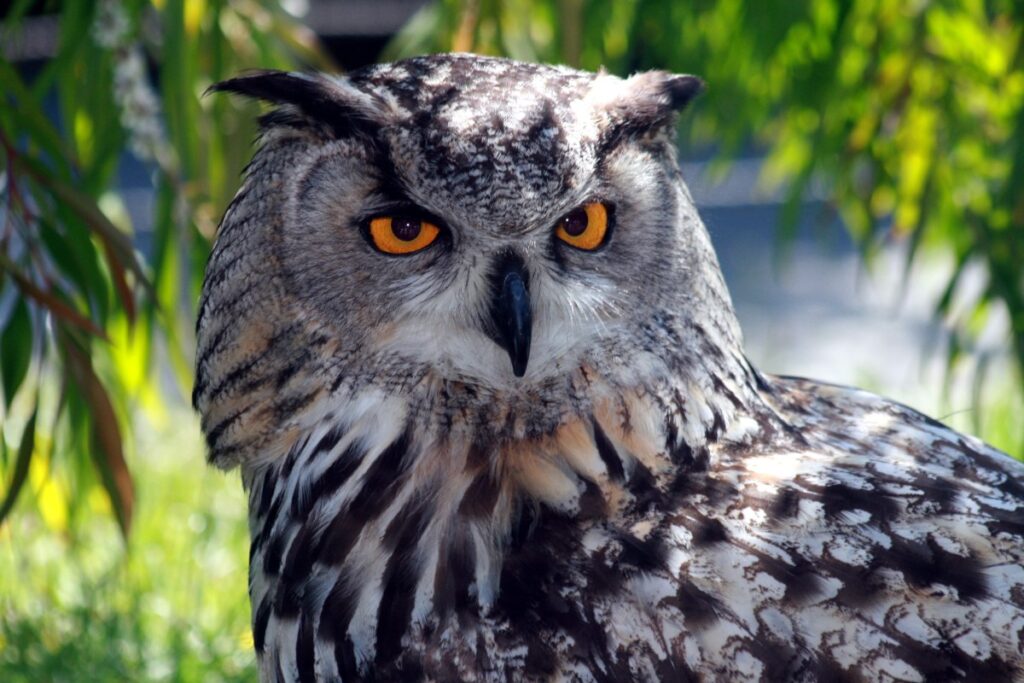
Eastern Screech Owl
Eastern Screech Owl is a small owl with distinctive ear tufts and a variety of colour morphs, the screech owl is found in North and South America.
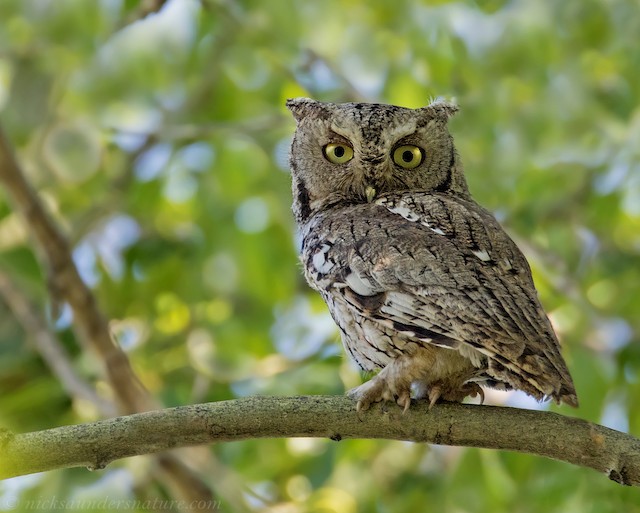
Burrowing Owl
Burrowing Owl is known for its long legs and unique behaviour of nesting in underground burrows, the burrowing owl is found in North and South America.

Tawny Owl
Tawny Owl is found in Europe and Asia, the tawny owl is known for its reddish-brown plumage and distinctive hooting call.
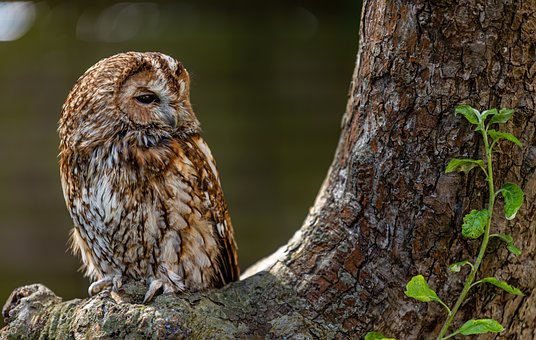
Northern Saw-whet Owl
The Northern Saw-whet Owl, found throughout North America, has a round head and large eyes, and people often hear it making a tooting call.
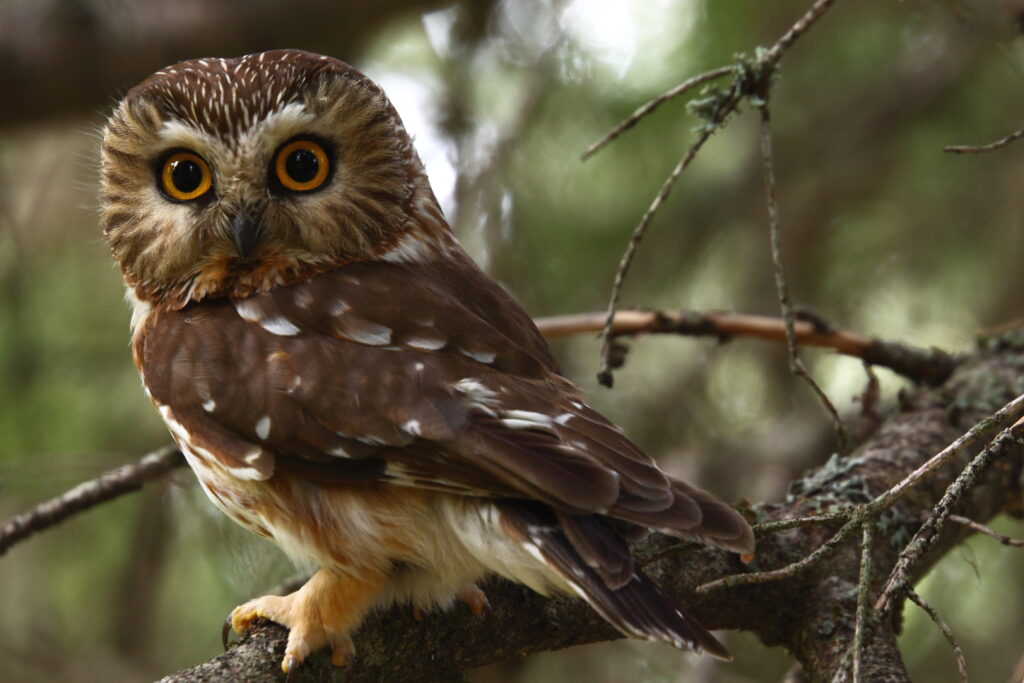
Short-eared Owl
Short-eared Owl is found in all continents except Antarctica, the short-eared owl is known for its distinctive facial disc and daytime hunting habits.
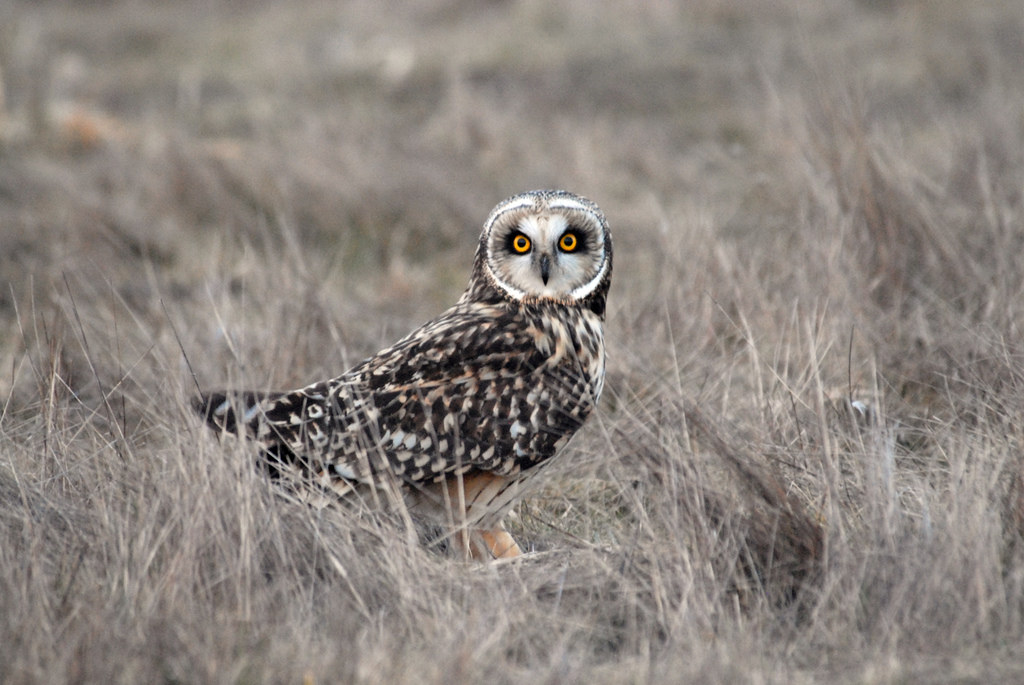
Long-eared Owl
Long-eared Owl is found in Europe, Asia, and North America, their long-eared is named for its long ear tufts and distinctive facial disc.

Barred Owl
Barred owl is found in eastern North America, known for their distinctive “who cooks for you” call and brown and white striped feathers.
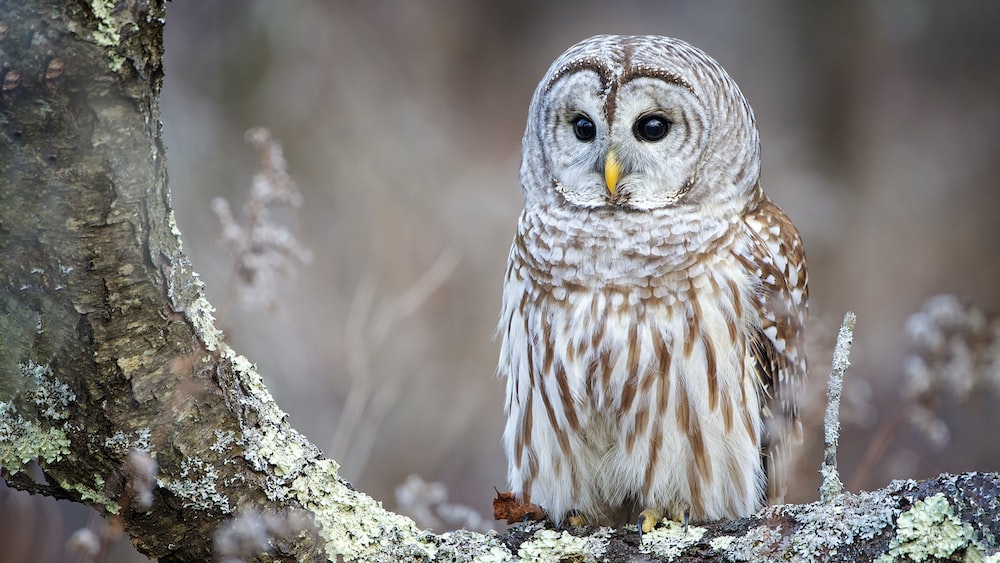
WHEN OWL SLEEP
Owls are primarily nocturnal animals, which means they are most active during the night and sleep during the day. During the daytime, owls will typically find a secure place to roost, such as a tree branch or a hollowed-out tree trunk, and rest with their eyes closed. Some species of owl, such as the burrowing owl, may be active during the day as well as the night, but they still require periods of rest and sleep. They have an ability to sleep with one eye open and one eye closed, allowing them to maintain vigilance and keep an eye out for potential threats even while they are resting.
OWLS CAN SEE IN NIGHT
Owls are able to see in the night due to their highly specialized eyes that are adapted to low light conditions. Their large eyes are able to gather more light than human eyes, and they also have a high number of rod cells in their retina, which are more sensitive to light and allow them to see in dim lighting. In addition, owls have a layer of cells called the tapetum lucidum, which reflects light back through the retina and enhances their night vision even further.
These adaptations make owls incredibly effective hunters at night, allowing them to locate and capture prey in complete darkness. However, owls still require some level of ambient light to be able to see, and in complete darkness, they may rely on their sense of hearing or other senses to navigate and hunt.
Facts of Owl
- Owls are birds of prey, meaning they hunt and feed on other animals, such as rodents, insects, and small mammals.
- There are over 200 species of owls in the world, and they can be found on every continent except Antarctica.
- Owls are nocturnal animals, which means they are most active at night and sleep during the day.
- The large eyes of owls enable them to see in low light conditions, and they can scan their surroundings by turning their heads up to 270 degrees.
- They have three eyelids –one for blinking, one for sleeping, and one for keeping the eye clean and moist.
- Owls are known for their silent flight, which is achieved by special feathers that muffle the sound of their wings.
- They are solitary animals, and they typically mate for life with one partner.
- Owls are known for their excellent hearing, which is up to 10 times better than humans.
- Some species, such as the barn owl, have asymmetrical ear openings that allow them to locate prey by sound alone.
- Some species of owls, such as the great gray owl, have a wingspan of up to 5 feet.
- They can turn their heads almost all the way around, due to their flexible necks.
- They do not have a sense of smell, so they rely on their keen vision and hearing to find prey.
- Some species of owls, such as the barn owl, have a heart-shaped face that helps to focus sound waves onto their ears.
- Males owls make the hooting sound commonly associated with owls to attract females during mating season.
- Many cultures associate owls with death and consider them to be bad omens, while others revere them as symbols of wisdom and protection
Largest and Smallest Species of Owls
- The smallest owl in the world is the elf owl, which is only 5-6 inches tall and weighs less than 2 ounces.
- The largest owl in the world is the Blakiston’s fish owl, which can grow up to 28 inches in length and have a wingspan of up to 6 feet.
owl nest
Some species, such as the Barn Owl, do not build nests at all but instead, they use existing structures such as abandoned buildings, tree cavities, or rock crevices to lay their eggs and raise their young.
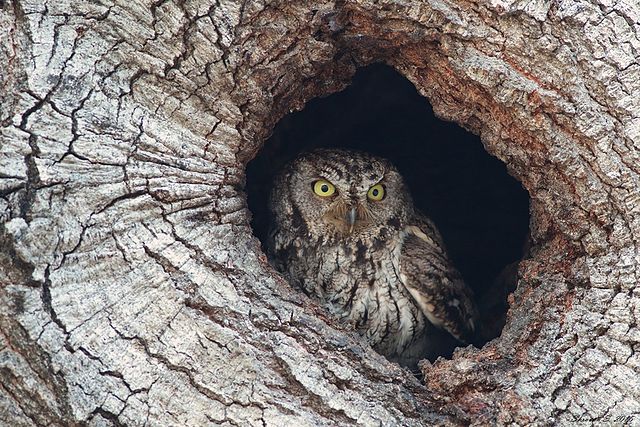
Other species of owls, such as the Great Horned Owl, construct their own nests using twigs, branches, and other materials found in their environment. These nests are often located high up in trees or on cliff ledges and can be reused for many years.
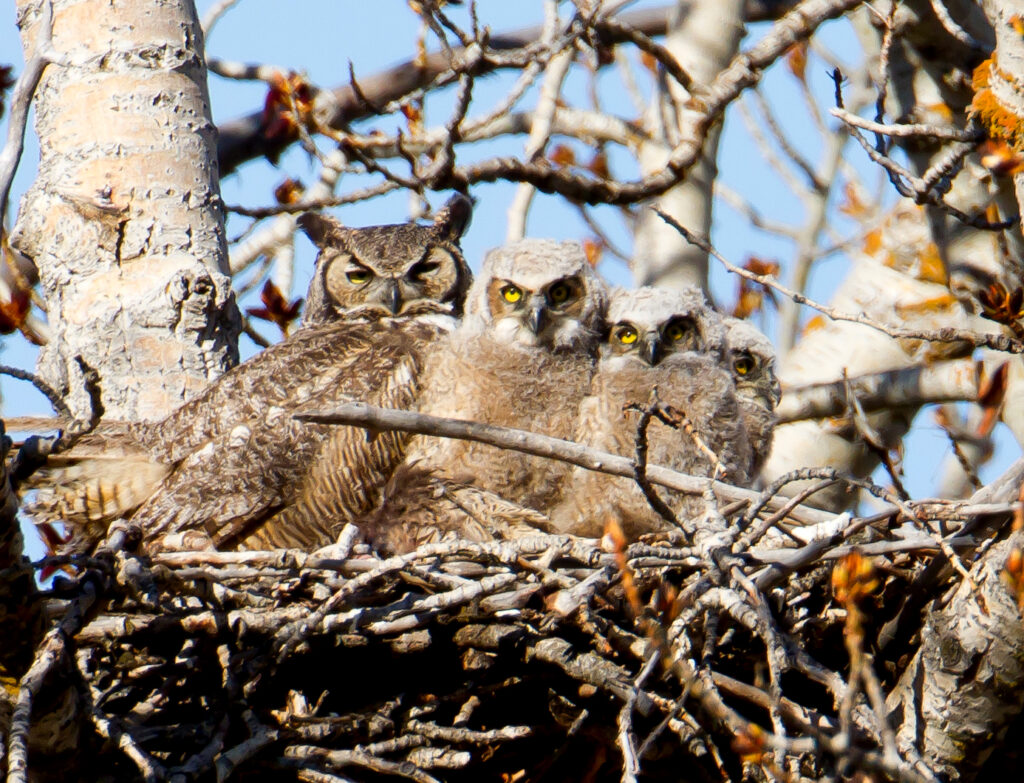
Some species of owls, such as the Burrowing Owl, live in underground burrows that they either excavate themselves or that are already present in the ground.
Regardless of the type of nest, owl parents work together to incubate their eggs and care for their chicks until they are old enough to leave the nest and fend for themselves.
OWL FEATHERS
Silent Flight
One of the most remarkable features of their feathers is their ability to allow for silent flight. This is due to the soft and fringed edges of their primary feathers which break up the turbulence of air as they fly, reducing noise.
Asymmetric Shape
They have asymmetrically shaped wings, with one wing being shorter and rounder than the other. This allows them to fly more quietly and maneuvers more easily in tight spaces.
Adapted for Night
The design of their feathers allows the birds to fly without creating any reflective glint that could give away their presence in the dark, as these feathers are highly absorbent.
Insulation
To keep warm in cold temperatures, owls depend on their feathers, which have adapted to be highly effective. Tiny hooks cover the densely packed feathers, locking together to form an insulating layer that keeps the birds warm.
Camouflage
Some species adapt their feathers for camouflage, which helps them blend in with their surroundings.. For example, the Great Gray Owl’s feathers have a mottled pattern that helps it blend in with the bark of trees.
Unique Colouring
The colouring of their feathers can vary greatly between species. For example, the Snowy Owl has white feathers that help it blend in with snowy environments, while the Northern Saw-whet Owl has brown feathers that help it blend in with the bark of trees.
Waterproofing
The design of their feathers makes them highly water-resistant, helping the birds stay dry in wet conditions. This is due to the presence of a waxy substance on their feathers that repels water.
High Density
Owls have densely packed feathers, with up to 800 feathers per square inch, which insulate them and keep them warm in cold temperatures.
Overall, owls rely on their highly adapted feathers to survive in their unique environments, as these feathers play a vital role in their survival.
Owl Food
Owls are carnivorous and primarily eat small mammals, birds, fish, and insects. The specific types of prey that they eat depend on the species and their habitat. Some species of owls prefer to hunt small rodents such as mice, voles, and rats, while others may specialize in hunting insects or fish. Larger species of owls may hunt larger prey such as rabbits, squirrels, and other small mammals.
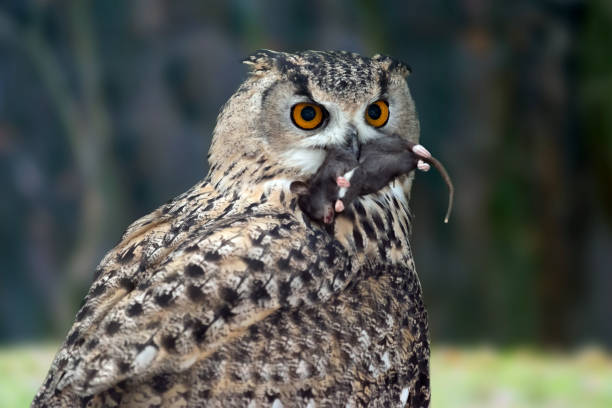
Owls locate their prey using their keen eyesight and hearing while hunting, and then silently swoop down to catch it with their talons. They also occasionally prey on other birds, including other species After catching their prey, they typically swallow it whole and then regurgitate the indigestible parts, such as bones and fur, in the form of pellets.
Owls use their keen eyesight and hearing to locate and capture prey in the darkness of night, making them highly skilled hunters.. They use their sharp talons and powerful beaks to grasp and kill their prey before swallowing it whole or tearing it into smaller pieces.
Owls are essential part of many ecosystems
Overall, owls play a vital role in maintaining the health and balance of many ecosystems and are an important part of the natural world.